- 3-6 nights in a trendy designer room
- Vital breakfast buffet with over 70 items
- Sports spa with sauna, steam bath, infrared cabin, fitness room, and relaxation area
- Free Wi-Fi throughout the hotel
- Explorer Ski Area: Explorer Wall for planning your ski day & workbench for getting your winter sports equipment in shape

Welcome to the cross-country skiing paradise Ötztal
Cross-country ski trails in the Ötztal for all skill levels around the Explorer Hotel
Skating and classic Eldorado for cross-country skiers
Do you love cross-country skiing or want to try this winter trend? Then the Explorer Hotel Ötztal is the perfect place for you! From the hotel, you can quickly reach the most beautiful trails in the Ötztal. Whether you want to enjoy the sunshine and the scenery during the day or want to do a few sporty laps under floodlights late in the evening, there's something for every cross-country skier.
The early morning trail and the sunny plateau trail are open to cross-country skiers every day from 5 p.m. to 9 p.m. with floodlights.
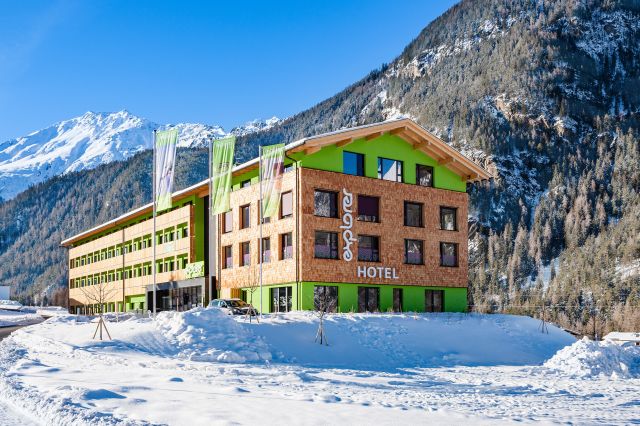

The Ötztal Valley is known for its guaranteed snow and free cross-country ski trails.
Want to experience for yourself what it's like to exert yourself on the cross-country skiing course and then shoot at the finish line? No problem! You can take a biathlon taster course on the night trails in Längenfeld and Niederthai!
Now, here's some information about the cross-country ski trails in Ötztal where you can work up a sweat:
- Total length: 143km
- 35 cross-country ski trails in total
- 61.5km easy, 72km intermediate, 9.5km difficult
- Classic trail: 77km, skating trail: 66km

Cross-country skiing expert Martin from the Alpinzeit cross-country skiing school takes you on the trails in the Ötztal
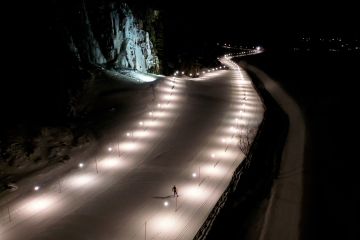





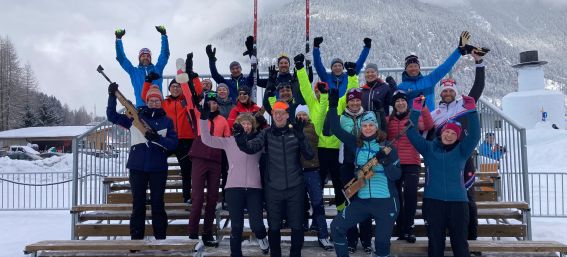
Learning to cross-country ski in the Ötztal Valley – that was a really great camp!

A variety of cross-country ski trails in Längenfeld and Niederthai are waiting for you!
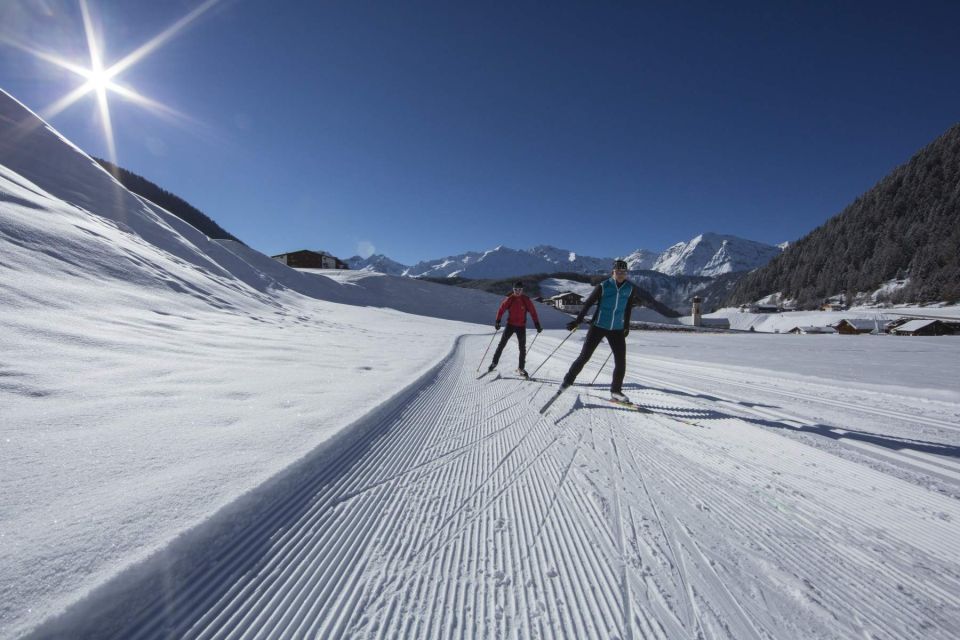
| Cross-country ski trails | Difficulty | km | hm | h |
| Oberrieder Skating Loop | easy | 1.5km | 61hm | 0.18h |
| Oberrieder Skating Loop Night Trail | easy | 2.9km | 20hm | 0.41h |
| Gries Classic High-Altitude Trail | moderate | 8.4km | 299hm | 2.06h |
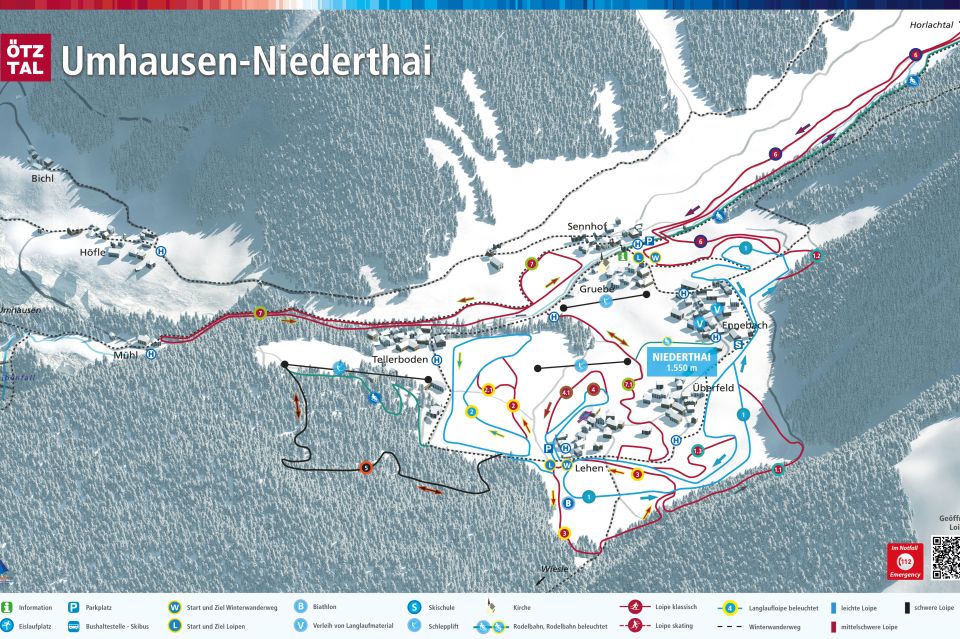
| Cross-country ski trails | Difficulty | km | hm | h | ||||||||||||||
| Early morning trail Night trail | moderate | 1.1km | 14m elevation | 1h | ||||||||||||||
| Lehen | easy | 0.7km | 2m elevation | 0.04h | ||||||||||||||
| Tellerboden Night trail | easy | 1.3km | 1m elevation | 0.16h | ||||||||||||||
| Sonnenplateau | moderate | 3.0km | 8m elevation | 0.36h | ||||||||||||||
| Horlachtal | moderate | 3.3km | 92m elevation | 0.53h | ||||||||||||||
| Matau | moderate | 2.3km | 96m elevation | 0.44h | ||||||||||||||
| Matau feeder trail | moderate | 1km | 36m elevation | 0.19h | Tauferberg | moderate | 2.3km | 96m elevation gain | 0.44h | |||||||||
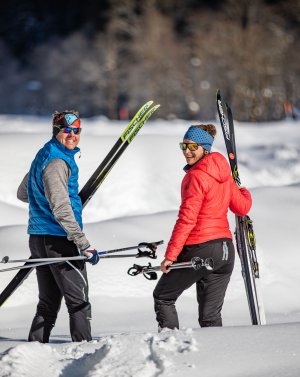



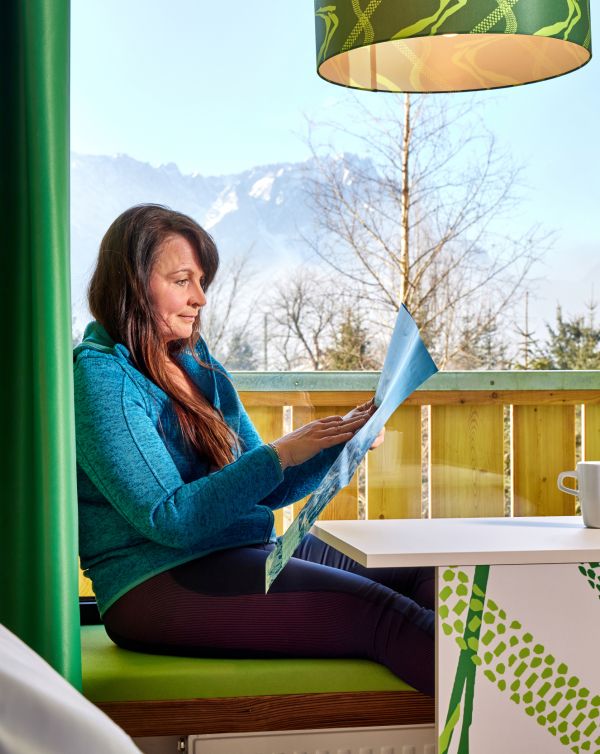
- 7 nights in a trendy designer room
- Delicious breakfast buffet
- Sports spa with sauna, steam bath, infrared cabin, fitness area, and relaxation room
- Free Wi-Fi throughout the hotel
- Explorer Bike and Ski Area: Bike washing area and workbench for getting your sports equipment in shape
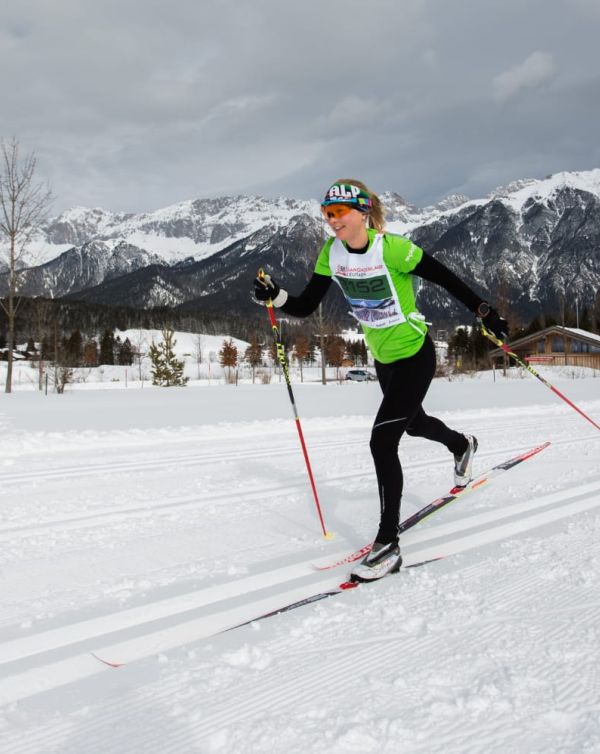
- 2 nights in a trendy designer room
- Breakfast buffet for athletes
- Packed lunch Saturday & Sunday
- Dinner on Friday at the Ötztalerei restaurant
- Complimentary drink
- Technique training with the guides from Alpinzeit
- Equipment and waxing workshops as well as expert sessions
- Sports spa with sauna, steam room, infrared cabin, and fitness room
- Late check-out until 6 pm on Sunday
- Cross-country skiing equipment (skis, boots, poles) available upon request
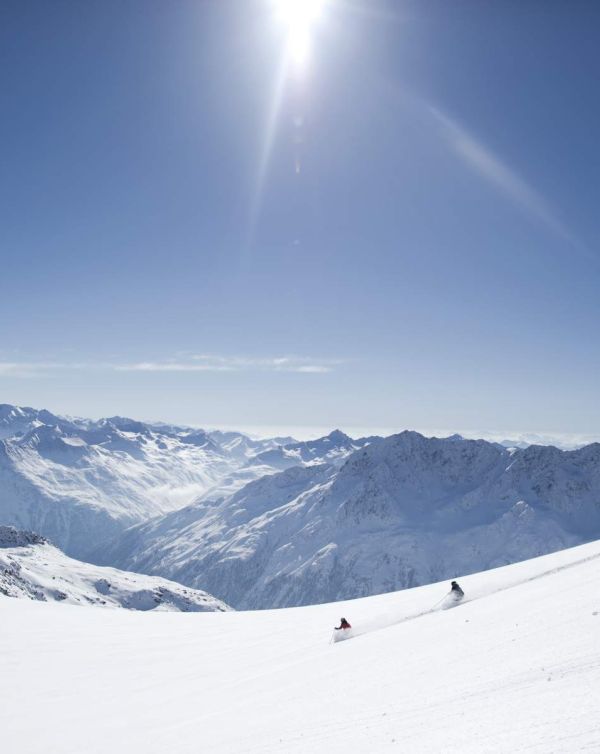
- Overnight stay in a trendy designer room
- Rich breakfast buffet with DIY egg roasting station
- Sports spa with Finnish sauna, steam bath, infrared cabin, and relaxation room
- Bike and ski area with workbench, washing area, sports lockers, and tour suggestions for a day of biking or skiing in the mountains
- Free Wi-Fi
Simply present your valid train ticket for the day of arrival upon check-in.
